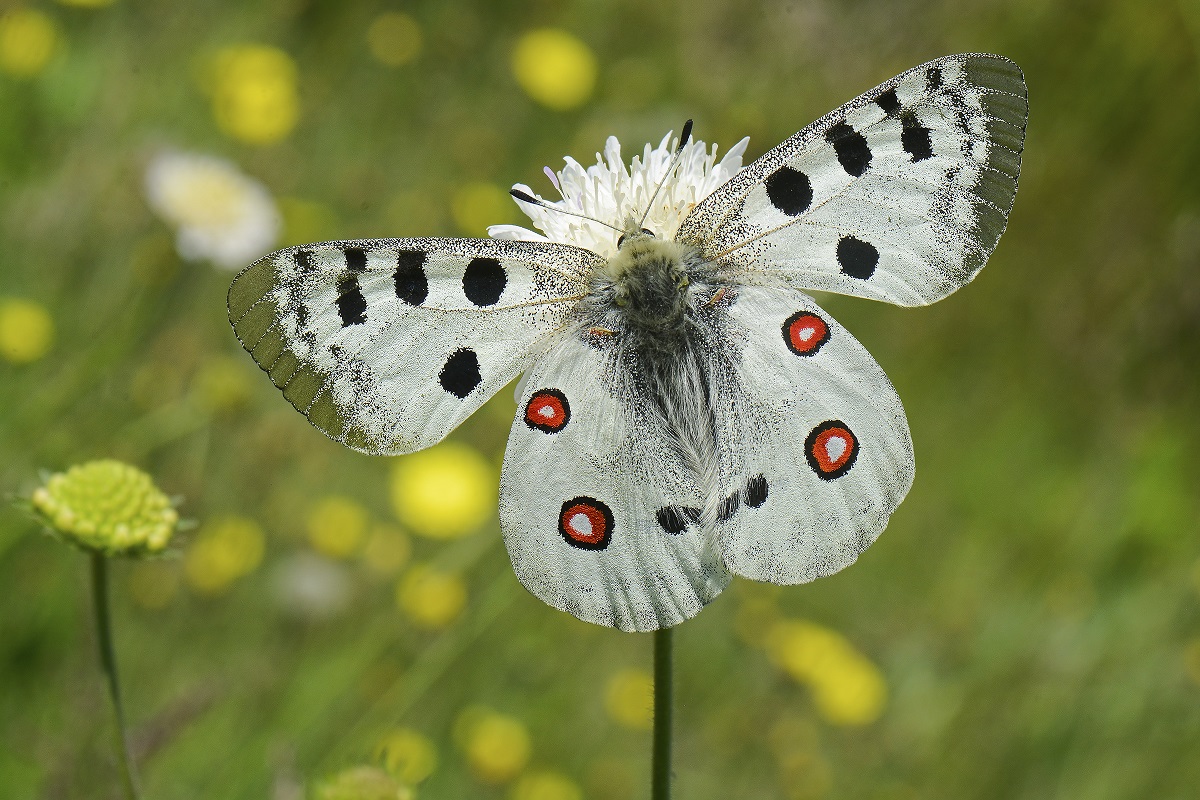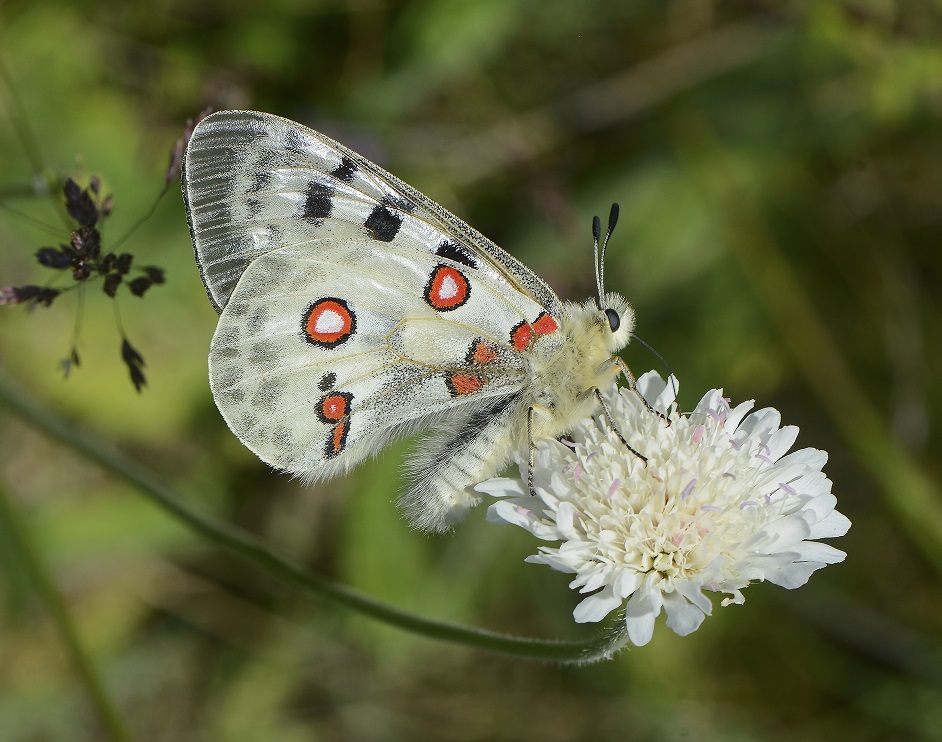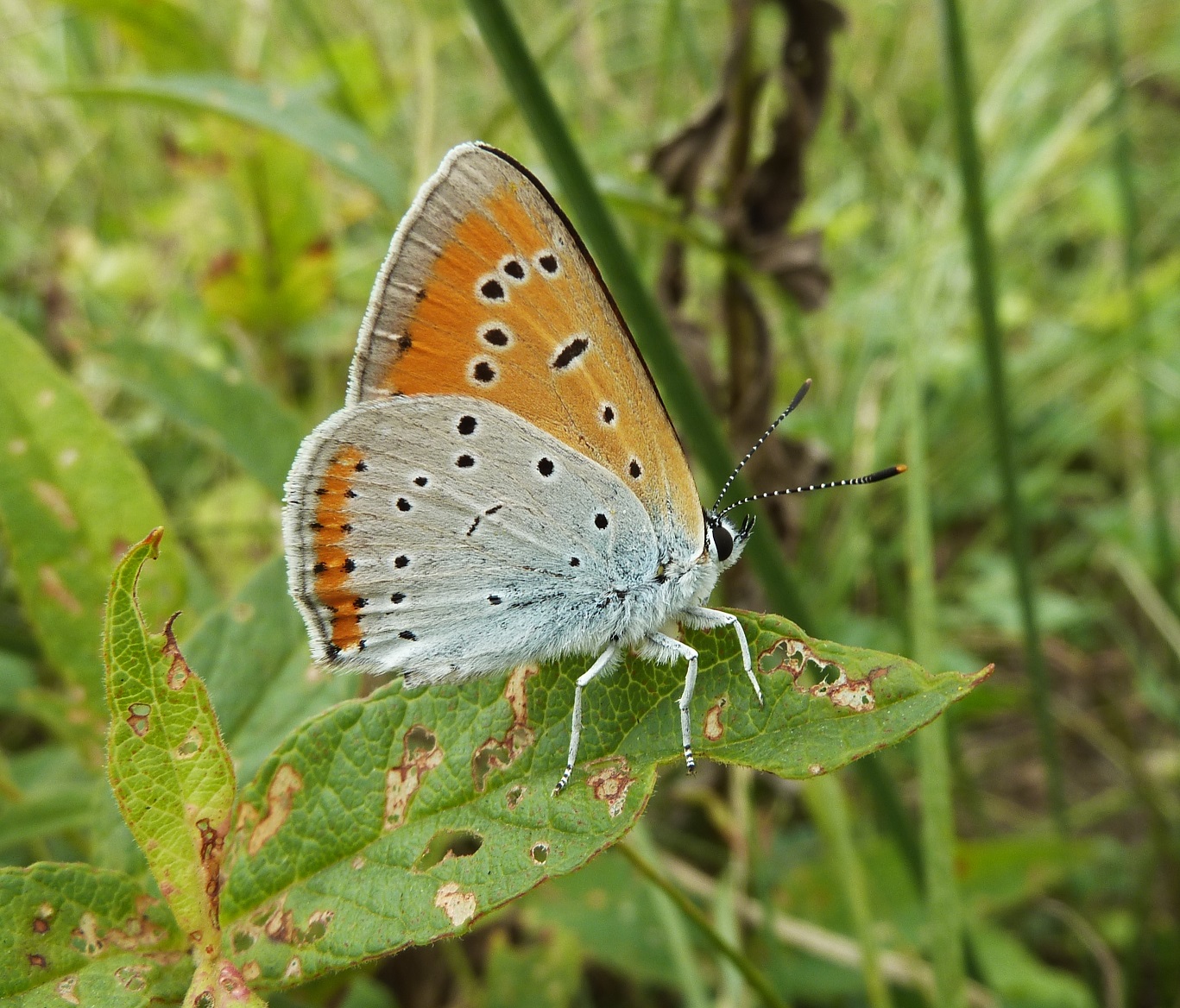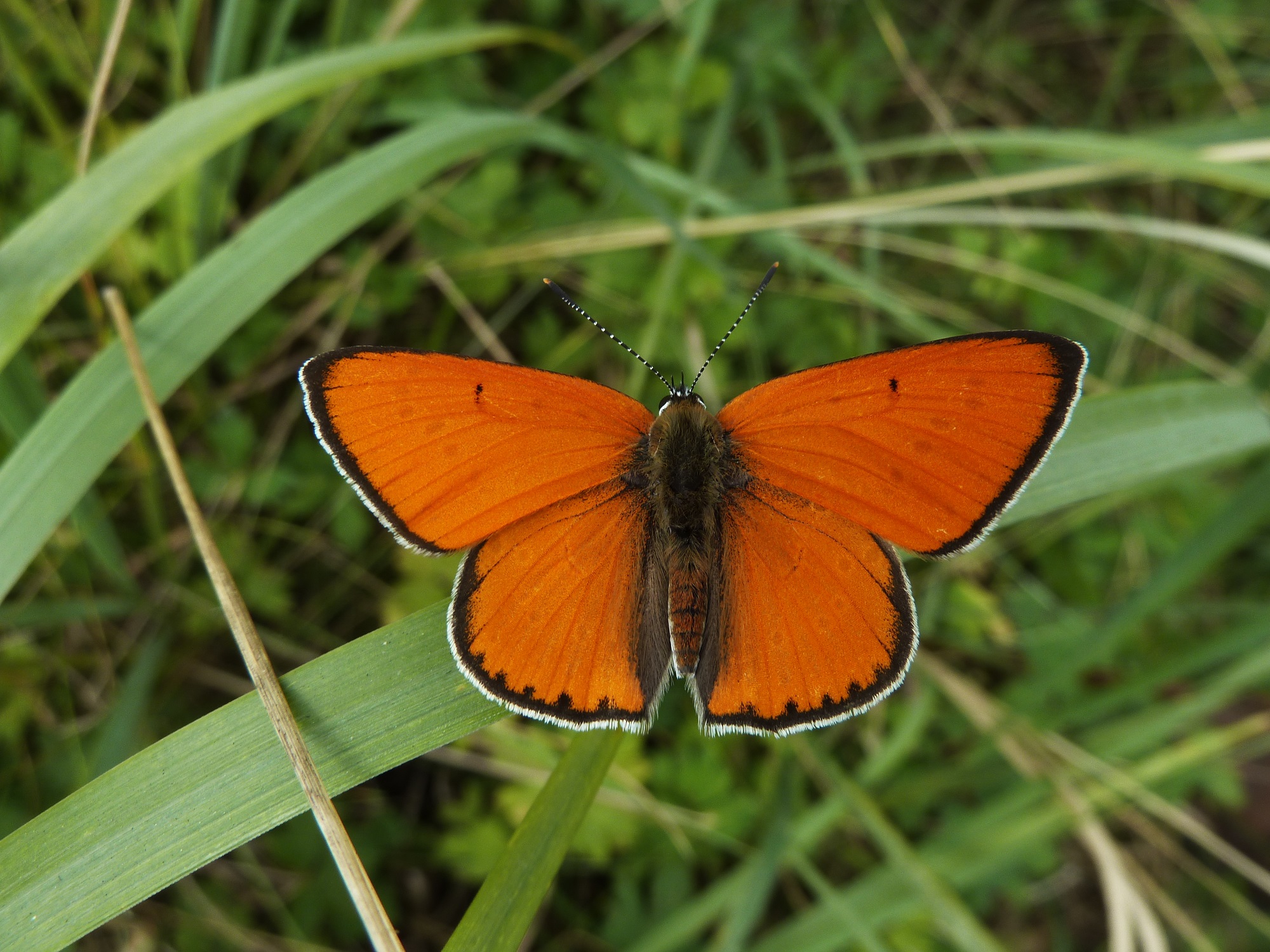Europe’s butterflies are in crisis, especially populations in Northern Europe, and especially grassland butterflies. There has been a 75% decline in insect biomass in reserves in western Germany over 27 years Hallman et al. (2017). In northern Germany, the populations of Marsh Fritillary are being supported by importing caterpillars from Denmark. Denmark has lost the Swallowtail Papilio machaon. The declines are not confined to northern Europe. According to Laszio Rakosy, a Romanian expert, the Apollo Parnassius apollo has been lost from the Romanian Carpathians over the past 25 years. Malta has, it seems, lost the Brown Argus Aricia agestis and Small Copper Lycaena phlaeas and may lose their endemic Meadow Brown Maniola jurtina hyperhispulla.


The EU Biodiversity Strategy 2030 offers some hope for habitats in the EU. Member states must send in pledges to the European Commission to protect 30% of the land and sea area of the EU. Protected Area Pledges are needed to contribute to EU level targets for well-managed and protected areas across 30% of EU land. The situation across the EU for grassland butterflies is deteriorating. In the Article 17 Reports 2013-2018, the conservation status of the various grassland types protected under the Habitats’ Directive, such as calcareous grassland, Nardus grassland, Molinia grassland, lowland and upland hay meadows was recorded as unfavourable in most regions.
What are Article 17 Reports?
Article 11 of the Habitats Directive 1992 requires EU member states to monitor the habitats and species listed in the annexes (habitats in Annex I and species in Annexes II, IV and V of the Habitats’ Directive), and Article 17 requires a report to be sent to the European Commission every 6 years following an agreed format. The core of the ‘Article 17’ report is the assessment of the conservation status of the habitats and species targeted by the directive.
Article 17 reporting covers the habitats and species in the whole territory of the Member State concerned, not only those within Natura 2000 sites.
Conservation status is assessed using a standard methodology as being either ‘favourable’, ‘unfavourable-inadequate’ and ‘unfavourable-bad’, based on four parameters as defined in Article I of the Directive. The parameters for habitats are range, area, structure and functions, and future prospects. For species, the parameters are range, population, habitat of species and future prospects. The conservation status of each habitat and species is assessed separately for each biogeographical or marine region in which it occurs (https://www.eionet.europa.eu/etcs/etc-bd/activities/reporting/article-17).
Why is Action Needed?
The main problem lies with the condition of habitats. The prevalence of threats to grasslands described in the Article 17 reports show that abandonment of grassland management (no grazing or cutting of vegetation) is the chief threat, with 385 mentions in the reports. The second most prevalent is mowing or cutting of grasslands at 254 mentions, followed by overgrazing (240), natural succession resulting in change in the species present (148), use of chemicals to protect certain agricultural plants (111), afforestation (110), conversion from one type of farming use to another (87), conversion from other land uses to housing, settlement and recreational use (78), use of synthetic fertiliser on farmland (76), collection of wild plants and animals (72) and conversion to other forest types including monocultures (70). This information is derived from EU member state reports, so the causes of decline and the improvement steps needed are known. This needs to start in protected areas and in the new protected areas.
Solutions to be tailored to Species’ Habits
Simona Bonelli, from the University of Turin, believes that butterfly experts across the continent have the data and scientific knowledge to identify new areas that require protection under the EU Biodiversity Strategy 2030 which aims to protect 30% of the land area of the EU. Often the current protected areas are too small, and not well managed. Such distribution data and knowledge of the needs of specialised butterflies (specialised butterflies are those with highly specific habitat needs) can be applied to expand protected areas for species like the Scarce Large Blue Phengaris teleius in northern Italy.
What about species that move in a landscape, such as the Southern Swallowtail Papilio alexanor, which is expected to move due to climate change? Bonelli suggests mapping likely future habitat and stepping stones likely to be used to reach this future habitat to ensure these areas are safeguarded.
For protected habitat specialist butterflies such as the Apollo Parnassius apollo that is currently well distributed in alpine areas in Italy, the approach being used is to calculate the Favourable Reference Value for the population to judge how many sites must be placed under protection. To calculate Favourable Reference Value, required viable population size or species-specific or habitat type-specific features such as habitat suitability or required area for proper functioning are considered. Such an approach has been described to protect the Apollo in the Italian Alps (Bonelli et al. 2021).
For rare endemic species, such as Sardinian Chalkhill Blue Polyommatus gennargenti, specific action plans are needed to cover issues such as monitoring population size, high-resolution distribution data and management of protected areas.
A further approach that can be applied in Ireland is the umbrella approach. Some habitats regarded as priority habitats under the EU Habitats’ Directive such as semi-natural dry grasslands (EU Habitat Code 6210) are species-rich. By identifying areas of this habitat containing endangered butterflies protected under the EU Habitats’ Directive, such as the Marsh Fritillary, a case can be made for including such areas within the enlarged protected areas required under the EU Biodiversity Strategy 2030. Protecting habitats for the Marsh Fritillary protects many other species, making the Marsh Fritillary an umbrella species.
For species that appear to have adequate protected areas but which are suffering from changes occurring in these areas, such as changing farming practices, we need to work to persuade farmers to adopt measures to protect the habitat. Beautiful, charismatic species like the Large Copper Lycaena dispar should be used to promote the protective practice, using funding from the CAP and other sources. Agricultural intensification is a great threat to this and many butterflies.


The False Ringlet Coenonympha oedippus, a species in decline across the EU needs another approach. This species breeds in Molinia grasslands, and the larval foodplants are winter greens. The larva needs structured vegetation with leaf litter. Populations are being lost from protected sites because of natural succession. Action plans need to be written with a clear management prescription.
Overall, Bonelli believes that management and monitoring (especially the use of citizen science), as well as protection from damaging activities are key to butterfly recovery. The approach she suggests is integrating the Butterfly Monitoring Scheme with specific guidelines for monitoring species listed in the Habitats’ Directive (in Ireland’s case, the Marsh Fritillary, currently under-monitored here). This approach requires working with citizen scientists and experts.
Conclusion
While Butterfly Conservation Ireland, the Irish Peatland Conservation Council and the National Biodiversity Data Centre monitor the Marsh Fritillary, we simply do not have enough transects (fixed-route walks carried out annually) to monitor this butterfly. A serious effort to apply the Favourable Reference Value to assess the Marsh Fritillary’s populations in important landscapes, like the Burren, Sheskinmore and Ballydermot in County Kildare, should be used by the state to increase the protected areas that Ireland needs to pledge to the EU by the end of 2022 to help to address the biodiversity crisis afflicting our world.
While the measures proposed by Simona Bonelli would be very welcome if applied these are not adequate to protect butterflies and biodiversity across the European landscape. Most of our landscapes will not be strictly protected and even strictly protected areas will not necessarily benefit from these measures in the absence of much wider changes in how society operates. Pollution is playing a major role in biodiversity loss. The harm caused by atmospheric nitrogen deposition, raised CO2 levels, is now being studied.
Of interest are the findings in a German study by Habel et al. (2015) entitled Butterfly community shifts over two centuries. This looked at the impact of atmospheric nitrogen loads and climate change over the period 1840-2013. The study found that high rates of atmospheric nitrogen deposition (from exhaust emissions, the burning of fossil fuels, wood, industrial incineration and the application of nitrate fertilisers) change nutrient-poor ecosystems, resulting in the replacement of plants in nutrient-poor habitats with plants that enjoy soils enriched with nitrogen. This results in butterflies that depend on nutrient-poor habitats, such as limestone grassland and heathland, disappearing, leaving a smaller number of butterfly and moth species that are adapted to plants containing high nitrogen levels.
The study further suggests that while habitat generalists (like the Peacock) have benefited from increasing temperatures, habitat specialists have been negatively affected by increasing temperatures and rainfall. These effects may be explained by increased vegetation growth rates triggered by the combination of increased moisture, temperature, and atmospheric nitrogen. Greatly increased vegetation growth may also explain the apparently paradoxical situation that heat-loving species are declining in response to increased temperatures. However, higher vegetation growth rates, fostered by the combination of increasing plant nutrients, precipitation, and higher temperatures may produce a cooler and more humid microclimate close to the soil. The environment just above the soil is of particular importance in the development of the larvae of many butterfly species, including the Small Heath and Wall Brown. Eeles (2019) reports elevated levels of carbon dioxide which increases larval development times as another possible reason for the decline in the Small Heath.
The Small Heath is a widespread butterfly across Europe and attention is mostly focused on much less widespread species that are judged to require special protection. However, the decline in widespread grassland butterflies should set the alarm ringing, the proverbial canary in the mine. Unless the drivers of climate change are tackled, no amount of site protection will save our biodiversity.
The full Butterfly Conservation Europe event held on 29th March 2022 to discuss butterfly conservation across the European Union can be accessed at https://www.youtube.com/watch?v=D1PUk__cO_o&t=2175s
References:
Eeles, P. (2019) Life Cycles of British & Irish Butterflies. Pisces Publications, Berkshire.
Bonelli, S., Barbero, F., Zampollo, A., Cerrato, C., Genovesi, P., La Morgia, V., (2021) Scaling-up targets for a threatened butterfly: A method to define Favourable Reference Values, Ecological Indicators, Volume 133, 2021, 108356, ISSN 1470-160X, https://doi.org/10.1016/j.ecolind.2021.108356
Habel, J., Segerer, A., Ulrich, W., Torchyk, O., Weisser, W., and Schmitt, T., (2015). Butterfly community shifts over two centuries. Conservation Biology, Volume 30, No. 4, 754–762, accessed 28 December 2020, https://conbio-onlinelibrary-wiley-com.jproxy.nuim.ie/doi/epdf/10.1111/cobi.12656
Hallmann CA., Sorg M., Jongejans E., Siepel H., Hofland N., Schwan H., et al. (2017) More than 75 percent decline over 27 years in total flying insect biomass in protected areas. PLoS ONE 12(10): e0185809. https://doi.org/10.1371/journal.pone.0185809

